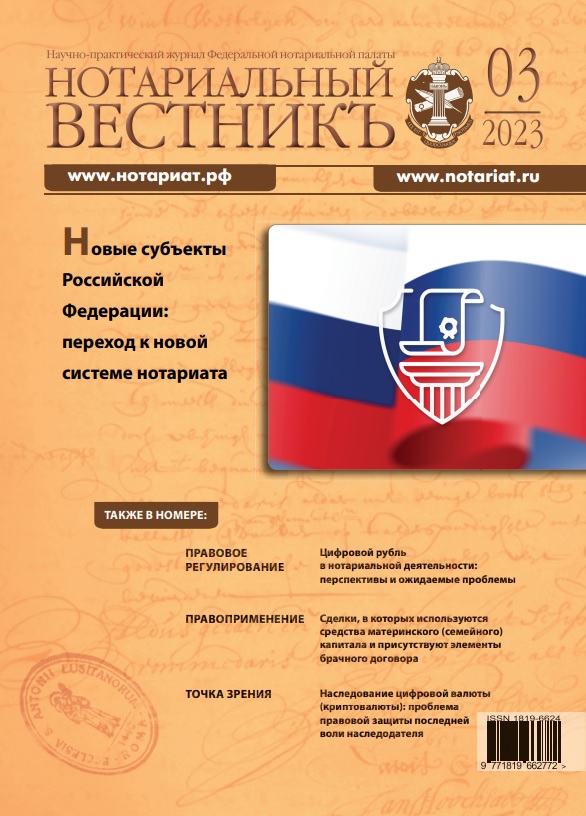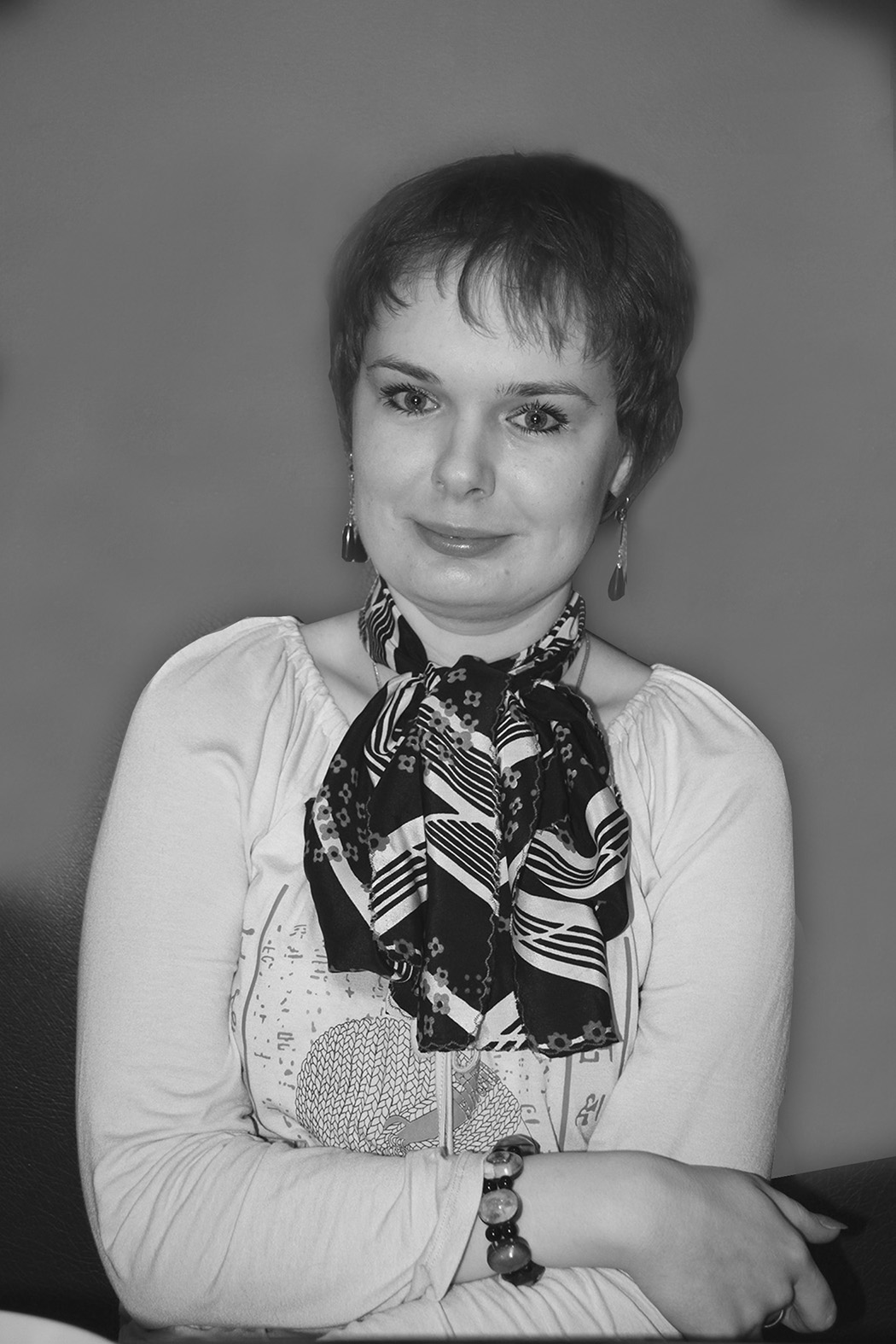Технологии “искусственного интеллекта” используются для функционирования частных и публичных медицинских информационных систем, в которых находят свое закрепление большие данные (big data). Биометрические данные, а также оцифрованное изображение пациента передаются в эти информационные системы, обрабатываются и структурируются в них с помощью технологий “искусственного интеллекта”.
В настоящее время представляется актуальным обращение к нотариусу за совершением таких действий, как нотариальное обеспечение доказательств, нотариальное удостоверение согласия пациента на обработку биометрических данных или на обнародование его изображения, нотариальное удостоверение верности перевода, удостоверение тождества документа и его копии, а также тождества документов на электронном и бумажном носителях.
Для соблюдения принципа законности при совершении этих нотариальных действий необходимо выявить конститутивные признаки биометрических данных и изображения пациента, а также установить особенности содержания согласия пациента на обработку его биометрических данных, согласия на обработку и (или) обнародование его изображения. Рассмотрению и разрешению указанных проблем посвящена данная статья.
Ключевые слова: пациент, биометрические данные, изображение, технологии “искусственного интеллекта”, нотариальные действия, содержание, сделка, обнародование, big data.
PROTECTION OF BIOMETRIC DATA AND PATIENT IMAGES USING “ARTIFICIAL INTELLIGENCE” TECHNOLOGIES IN A DIGITAL ENVIRONMENT: NOTARIAL AND CIVIL ASPECTS
E. B. Poduzova, PhD, Associate Professor of the Department of Civil Law, of the Department of Notary, Moscow State Law University
ABSTRACT. Technologies of “artificial intelligence” are used for the functioning of private and public medical information systems, in which big data find their fixing. Biometric data, as well as a digitized image of the patient, are transferred to these information systems, processed and structured in them using “artificial intelligence” technologies.
At present, it seems relevant to apply to a notary for such actions as notarization of evidence, notarization of the patient’s consent to the processing of biometric data or to the publication of his image, notarization of the accuracy of the translation, certification of the identity of the document and its copy, as well as the identity of documents on electronic and paper media.
In order to comply with the principle of legality when performing these notarial acts, it is necessary to identify the constitutive signs of biometric data and the image of the patient, as well as to establish the specifics of the content of the patient’s consent to the processing of his biometric data, consent to the processing and (or) publication of his image. This article is devoted to the consideration and resolution of these problems.
Key words: patient, biometric data, image, “artificial intelligence” technologies, notarial acts, content, transaction, disclosure, big data.








